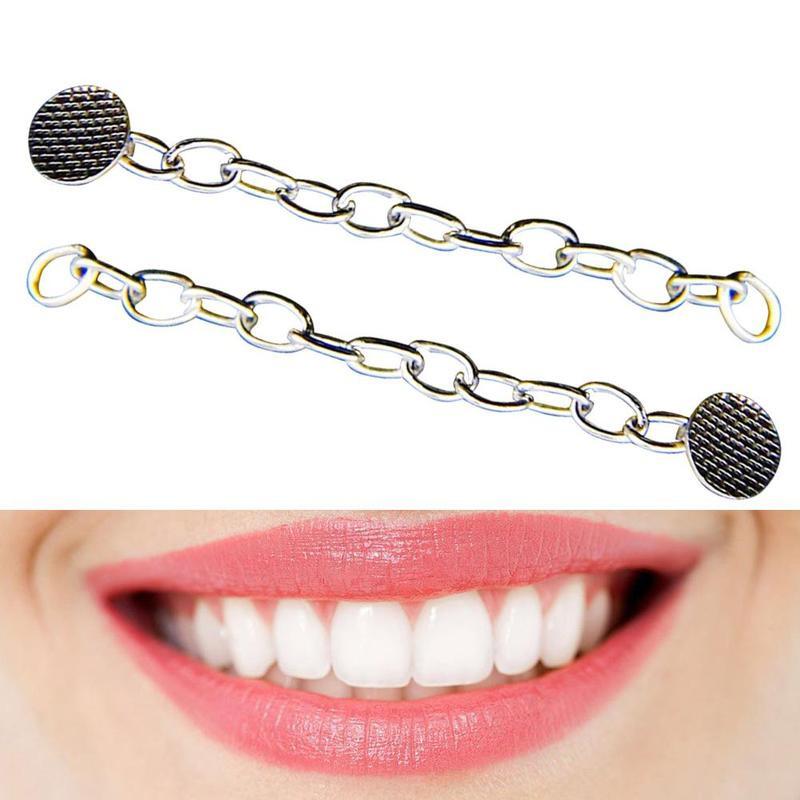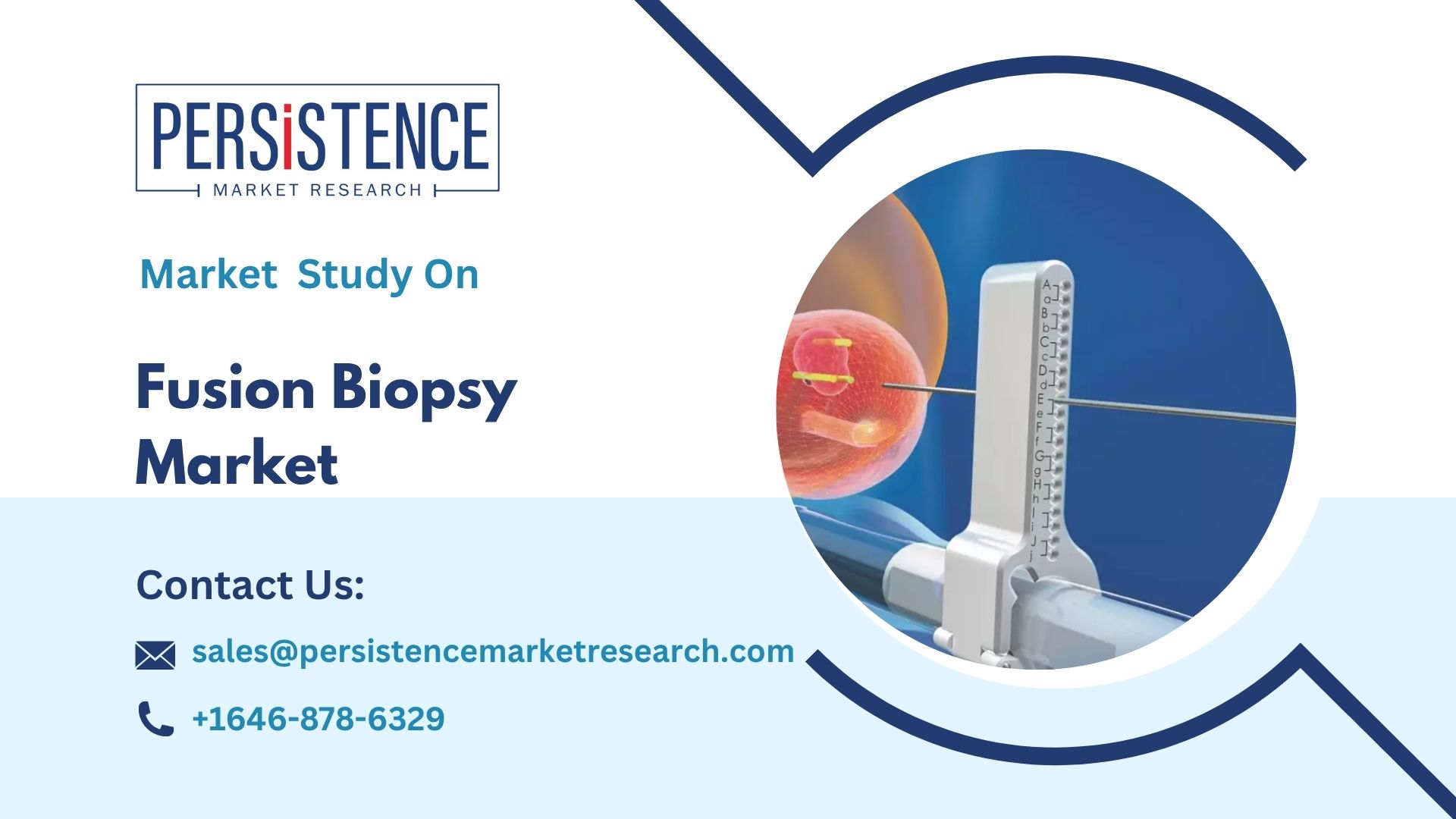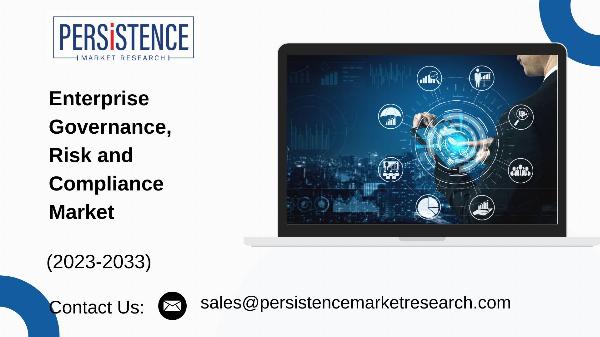 Schema + Rich Snippets – Dominate Search with Visual Results!
Schema + Rich Snippets – Dominate Search with Visual Results!
Mattress Market Evolves with Technological Innovations for Better Sleep Solutions
Written by ganesh » Updated on: June 17th, 2025

Mattress Market Introduction & Size Analysis:
According to Persistence Market Research, the mattress market generated a revenue of US$ 64,280.8 Mn in 2022. The demand for mattresses is accelerating, with leading market players holding a significant share in 2022.
The global market is projected to reach US$ 133,484.8 Mn by 2033, growing at a 6.9% CAGR from 2023 to 2033. Consumers now view mattress market as more than just consumer durables; they are also seen as a status symbol. This perception is driven by the rise of domestic players delivering unique products on a macro level. Recent successful product launches are expected to dramatically increase sales volumes in the coming years.
For instance, U.S.-based Tempur Sealy International, Inc. introduced the new TEMPUR-breeze product line in January 2019. According to the manufacturer, these products are designed to provide users with a cooling effect that lasts all night. This strategic product launch is expected to generate significant revenue opportunities for the company and inspire other major market players.
The mattress industry is expanding steadily, with global sales expected to increase substantially over the next few years. Over the next decade, mattress sales worldwide are projected to rise. Manufacturers will find East Asia to be a lucrative market, growing at a CAGR of over 7.8% until 2033.
The mattress industry is undergoing a transformative phase with advancements in technology aimed at enhancing sleep quality and comfort. Here’s how technological innovations are reshaping the mattress market to provide better sleep solutions:
1. Smart Mattresses
Integration of Sensors: Smart mattresses incorporate sensors to track sleep patterns, heart rate, and body movements.
Sleep Monitoring: Real-time data collection provides insights into sleep quality, enabling users to make adjustments for better rest.
Adjustable Settings: Some models offer adjustable firmness and support levels based on individual preferences and sleep metrics.
2. Cooling Technologies
Phase Change Materials (PCM): Used in mattress covers or layers to regulate body temperature by absorbing and releasing heat.
Gel-Infused Foams: Cooling gel layers enhance mattress breathability and dissipate heat for a cooler sleep surface.
Airflow Design: Mattresses engineered with open-cell structures or breathable fabrics to improve air circulation and heat dissipation.
3. Hybrid and Foam Combinations
Hybrid Mattresses: Combine memory foam, latex, and innerspring coils to provide a balance of support and comfort.
Advanced Foam Materials: High-density foams for durability, responsive foams for pressure relief, and contouring foams for personalized comfort.
Zoned Support: Targeted support zones in foam mattresses to align with different body areas and sleeping positions.
4. Wellness and Therapeutic Features
Orthopedic Support: Mattresses designed to promote spinal alignment and alleviate pressure points, suitable for individuals with back pain or joint issues.
Pressure Relief Technology: Advanced materials like memory foam and latex that conform to body contours, reducing pressure on sensitive areas.
Anti-Microbial Properties: Fabrics treated to resist allergens and microbes, promoting a healthier sleep environment.
5. Connectivity and Convenience
Smart Controls: Integration with smart home systems for remote control of mattress settings via mobile apps or voice commands.
Compatibility: Mattresses designed to work with adjustable bed bases and sleep tracking devices for seamless connectivity.
User-Friendly Interfaces: Intuitive controls and user interfaces for ease of use and customization.
6. Sustainability Initiatives
Natural and Eco-friendly Materials: Use of organic cotton, natural latex derived from rubber trees, and sustainable foams.
Certifications: Mattresses certified for environmental standards such as CertiPUR-US® for low emissions and eco-friendly manufacturing processes.
Recyclability: Designs focused on recyclable materials and reducing environmental impact throughout the product lifecycle.
7. Consumer-Centric Design
Customization Options: Modular designs or adjustable components to cater to individual sleep preferences.
Trial Periods and Warranties: Extended trial periods and warranties to ensure consumer satisfaction and confidence in product performance.
Consumer Education: Providing resources and information to help consumers make informed decisions about mattress selection and care.
Conclusion
Technological innovations in the mattress market are revolutionizing sleep experiences by offering advanced features such as smart monitoring, cooling technologies, hybrid constructions, and sustainable materials. These innovations not only enhance comfort and support but also cater to consumer preferences for personalized sleep solutions. As the industry continues to evolve, manufacturers are leveraging technology to address health, wellness, and environmental concerns, thereby shaping the future of the mattress market towards improved sleep quality and overall well-being.
Note: IndiBlogHub features both user-submitted and editorial content. We do not verify third-party contributions. Read our Disclaimer and Privacy Policyfor details.
Copyright © 2019-2025 IndiBlogHub.com. All rights reserved. Hosted on DigitalOcean for fast, reliable performance.

















